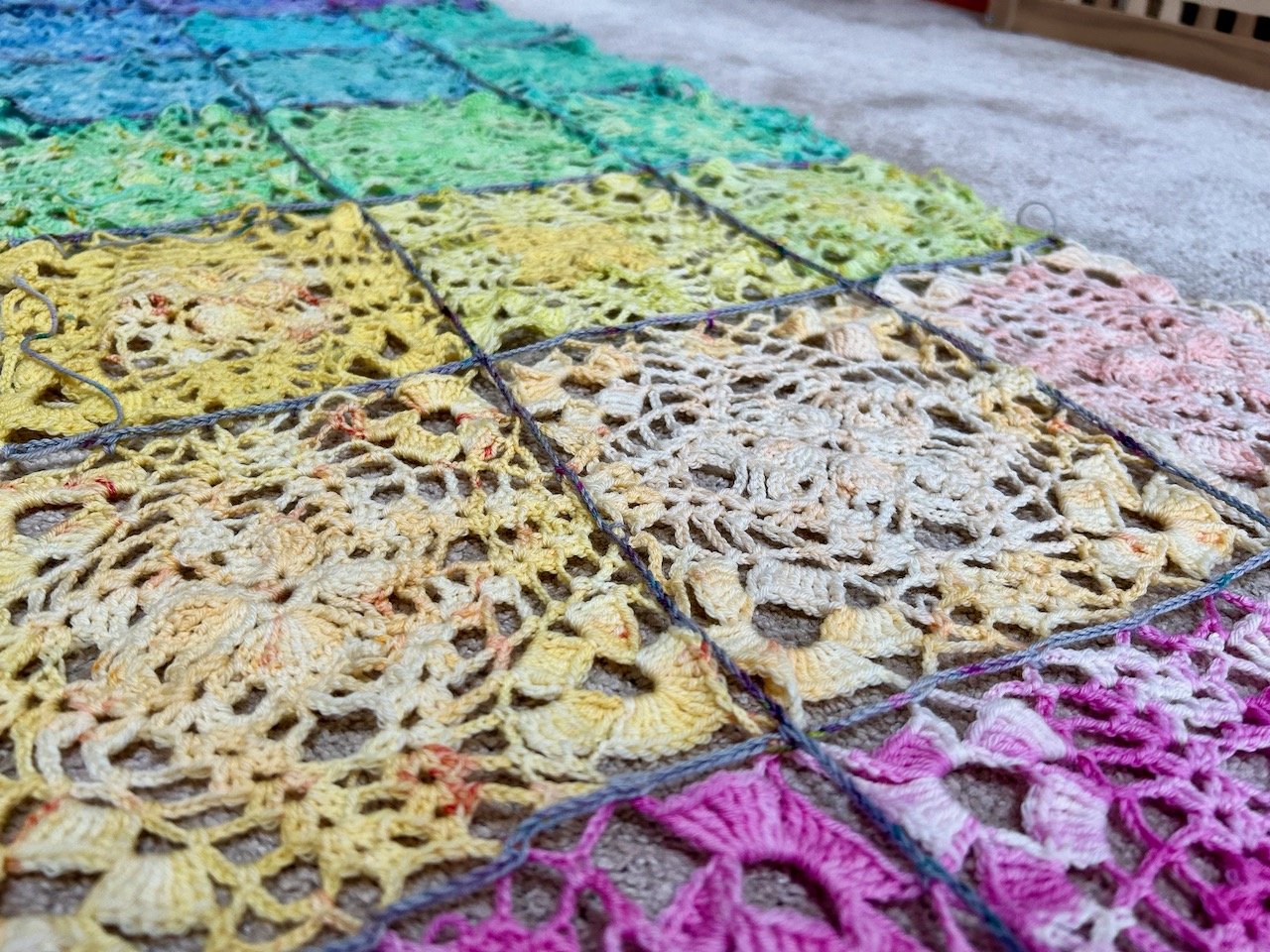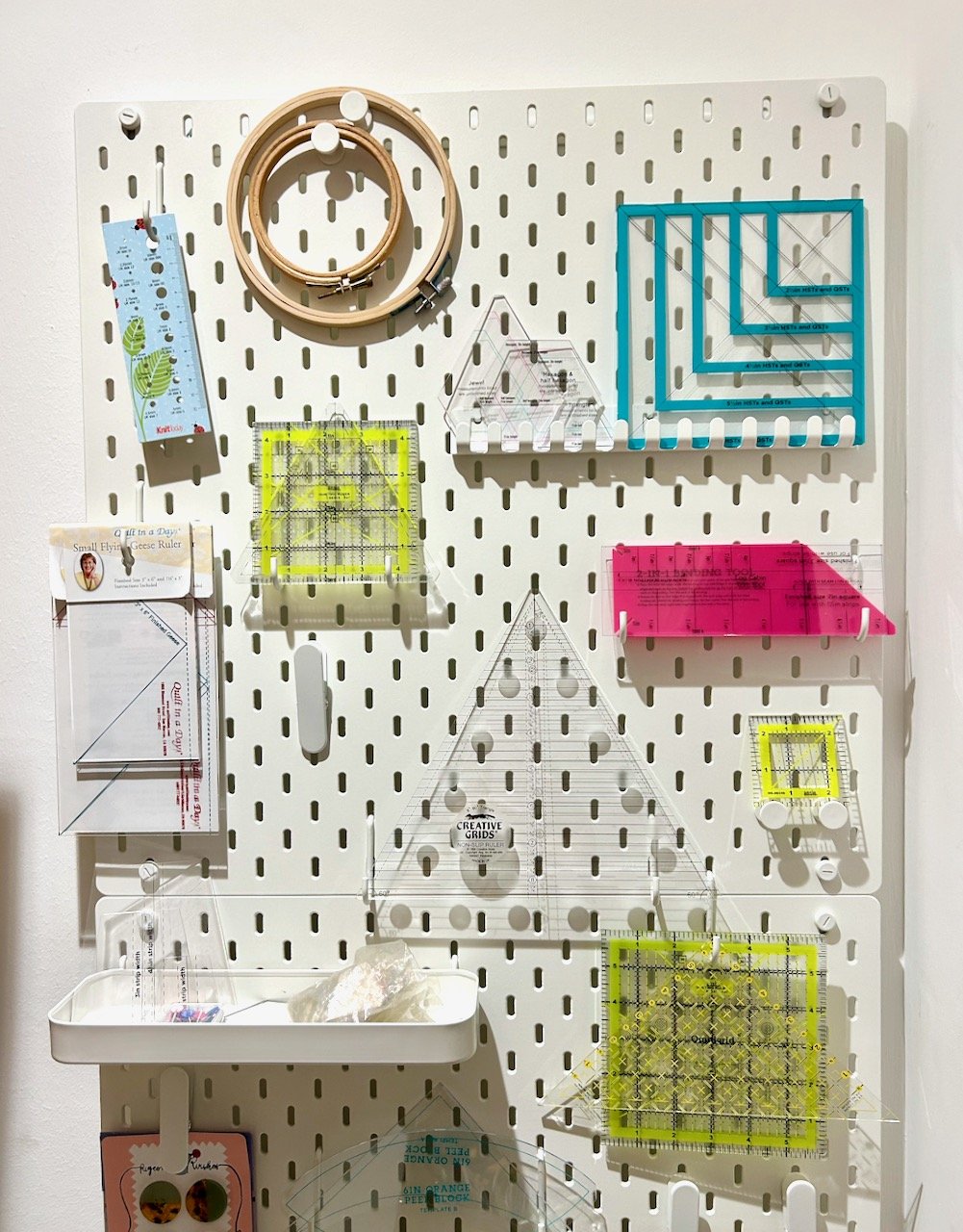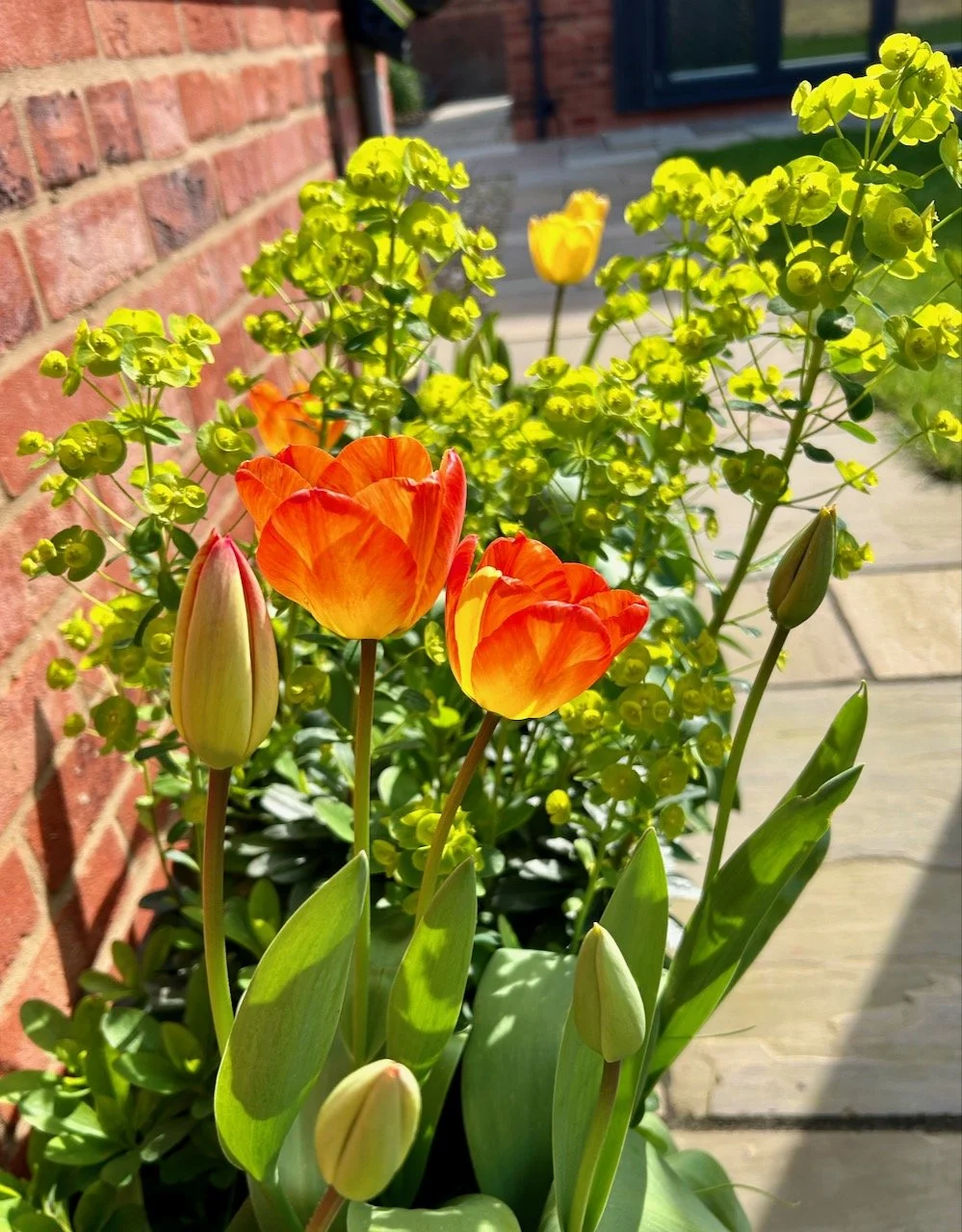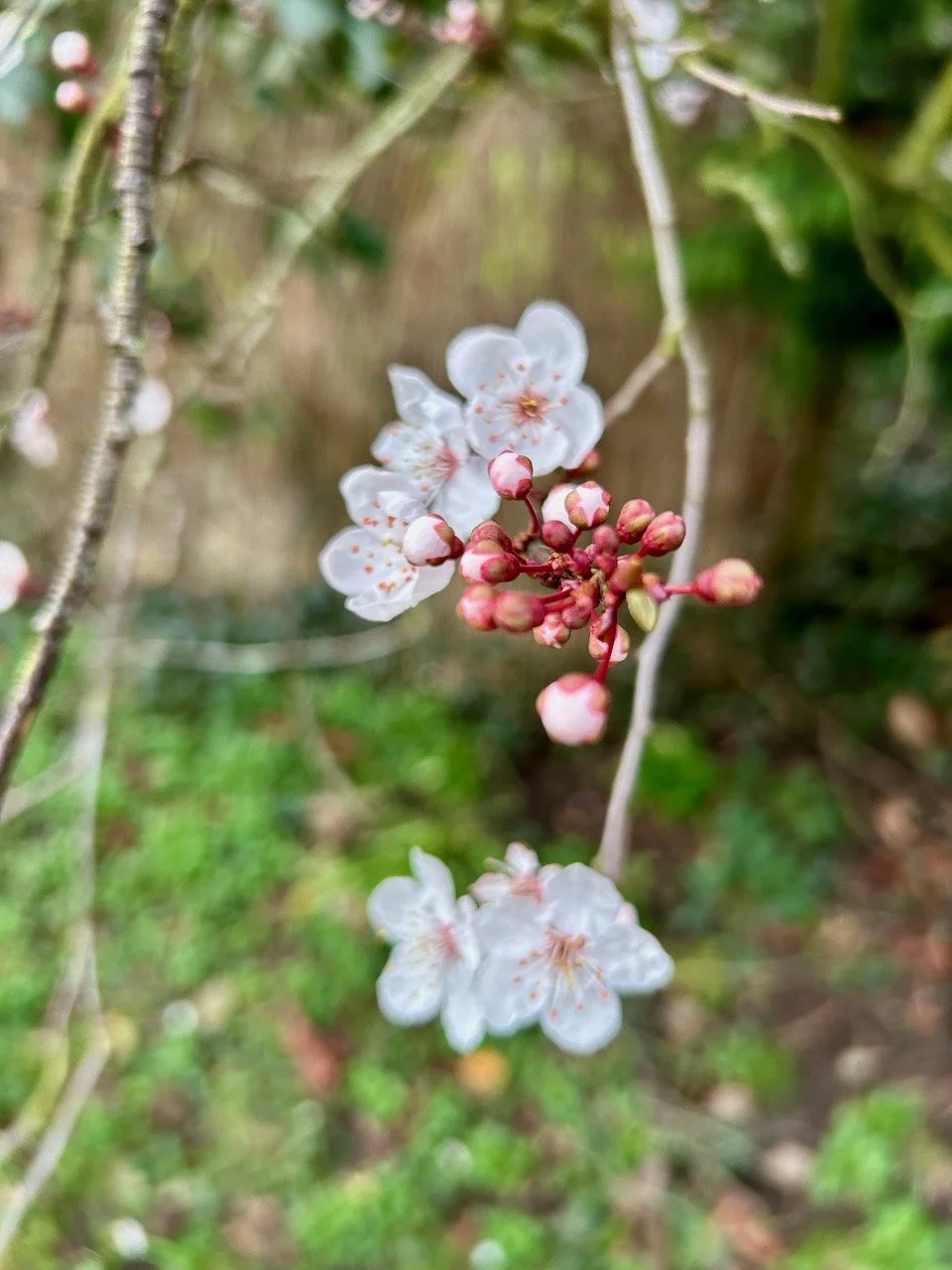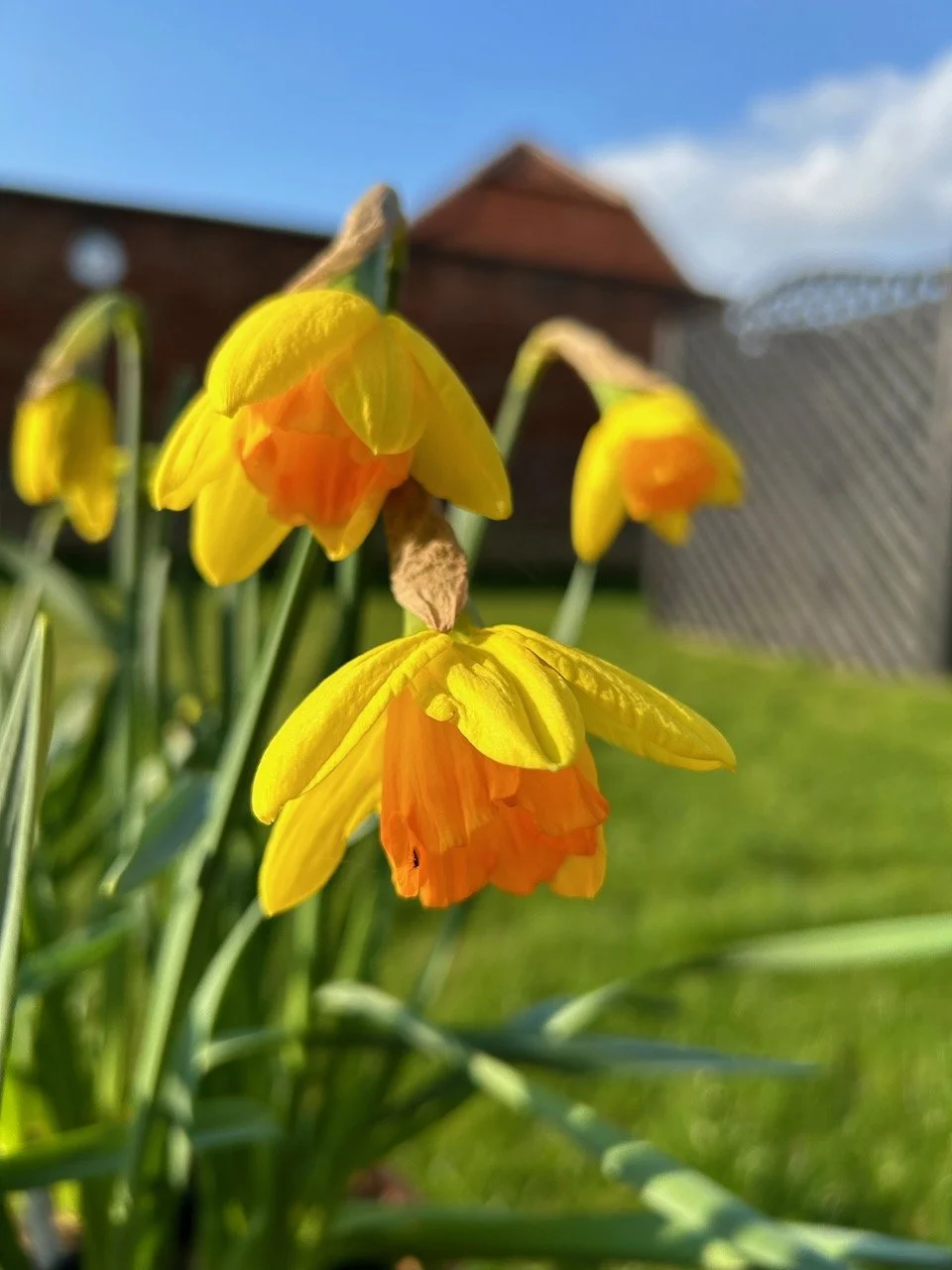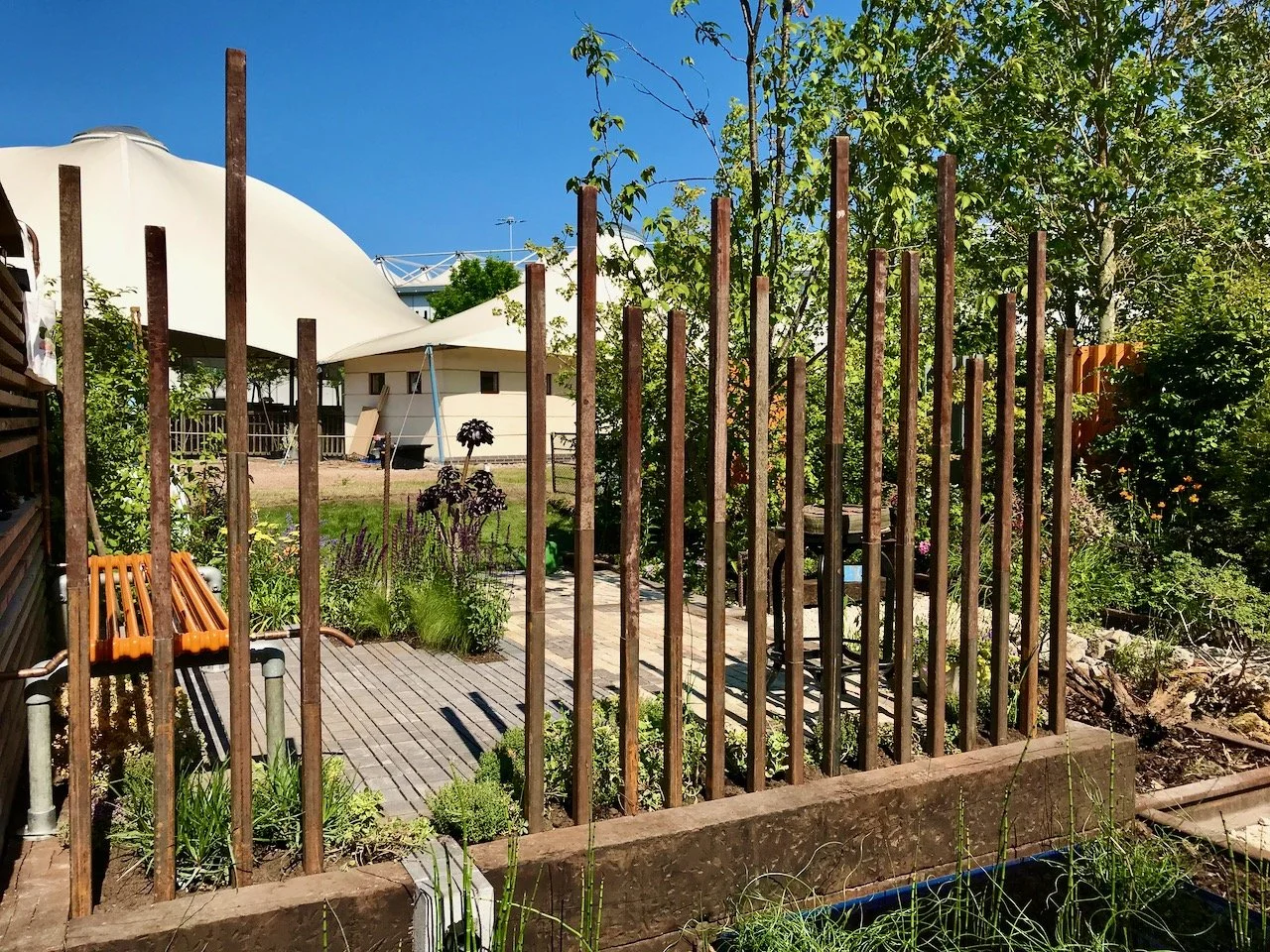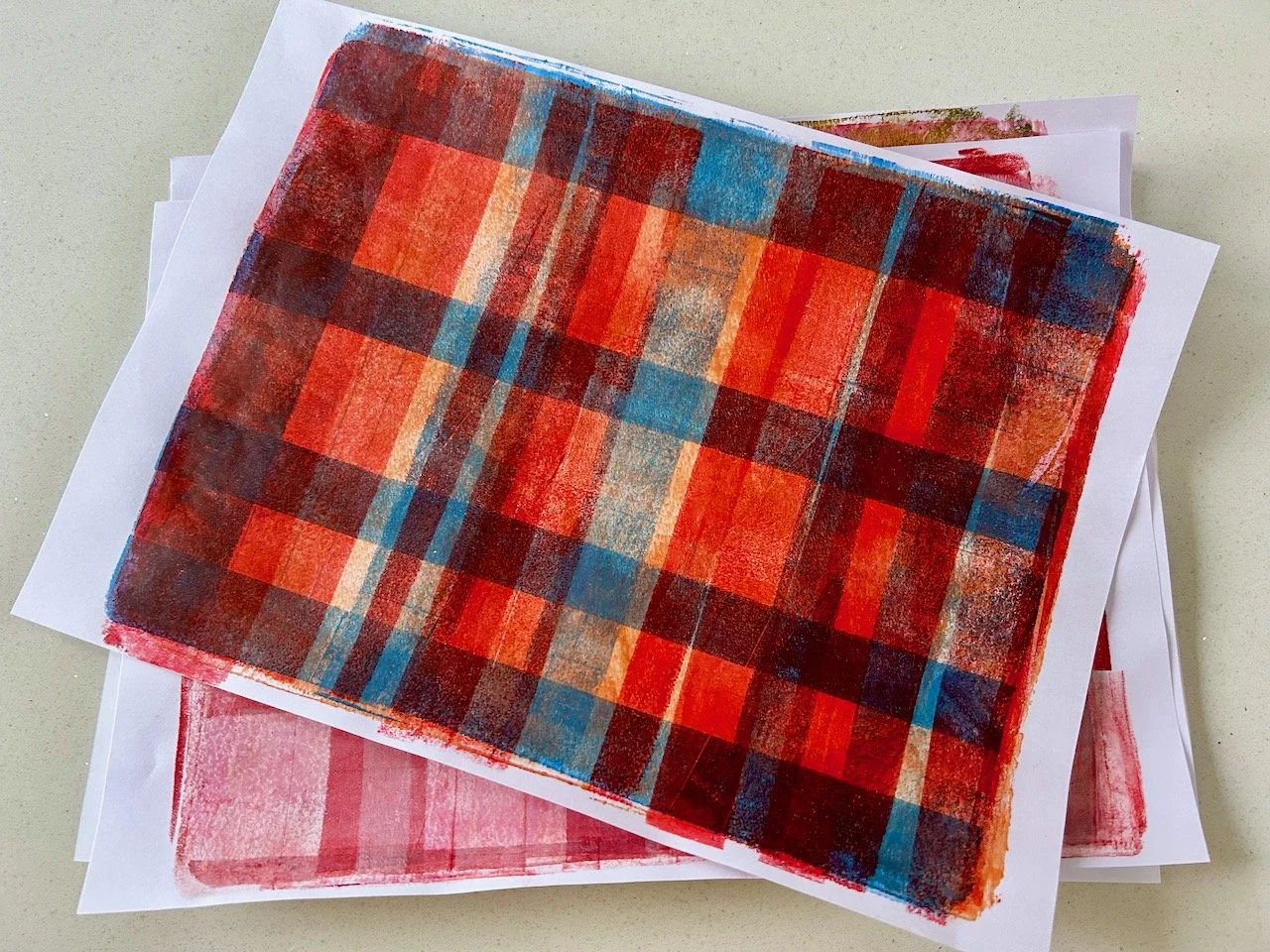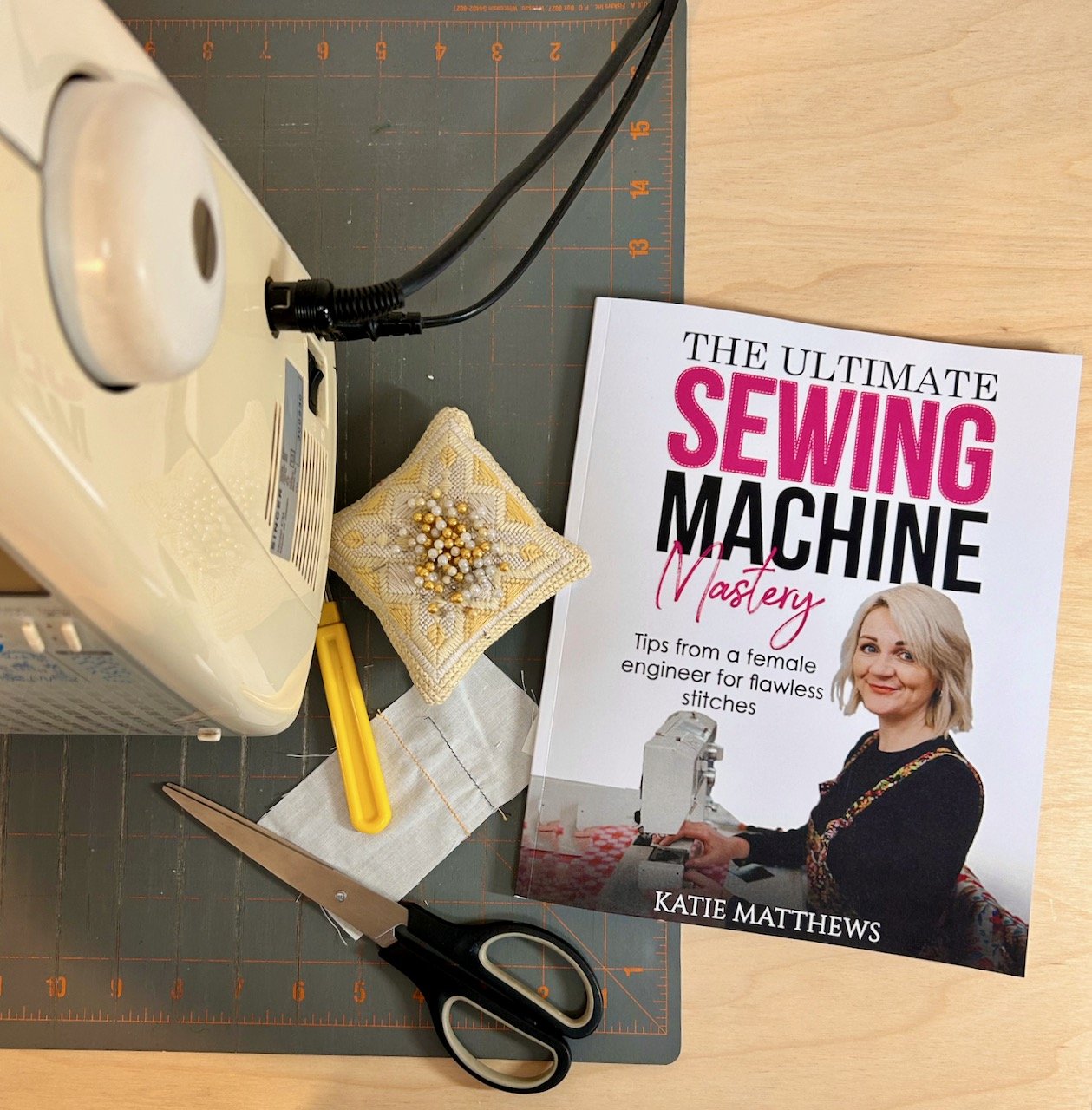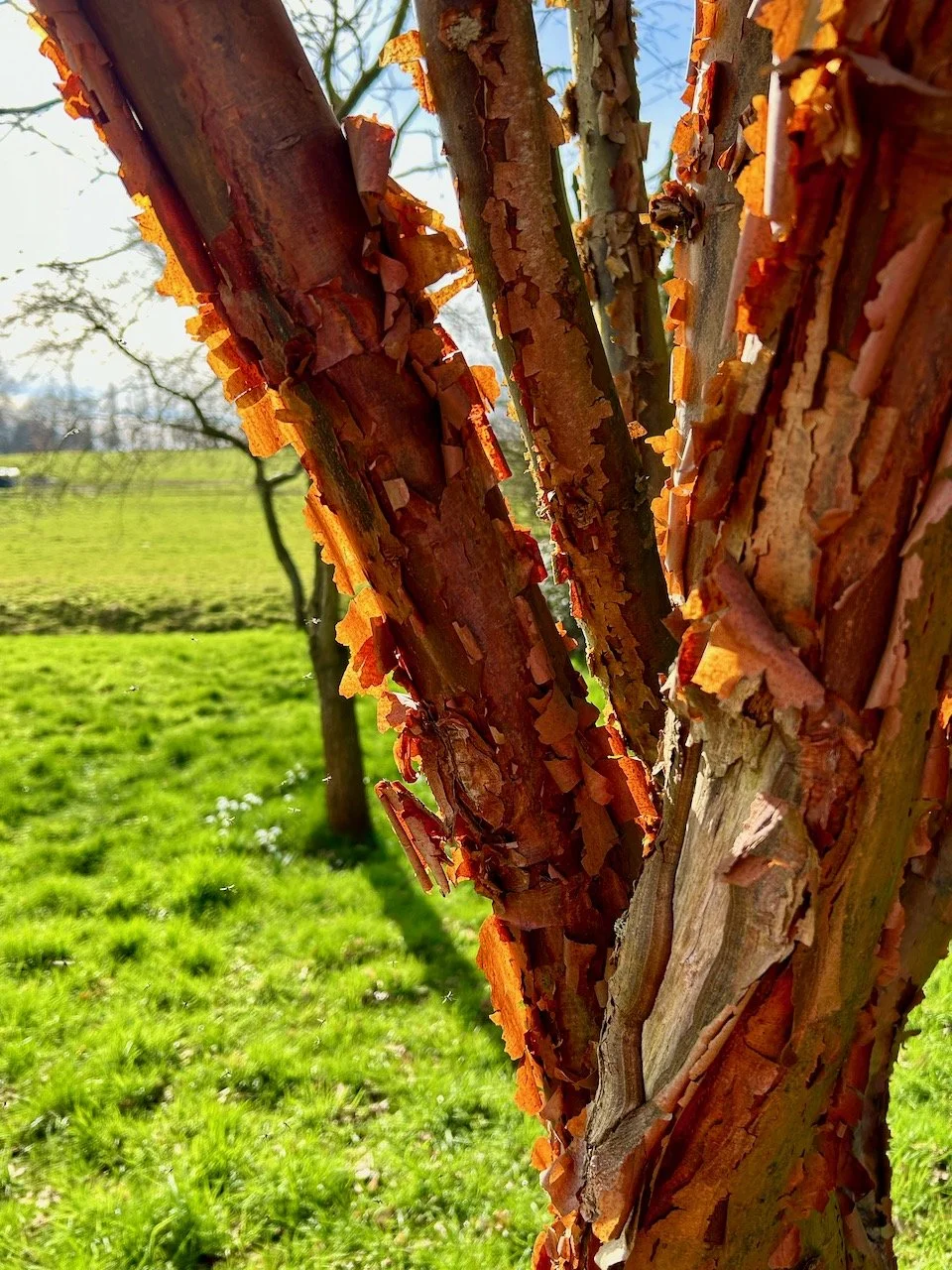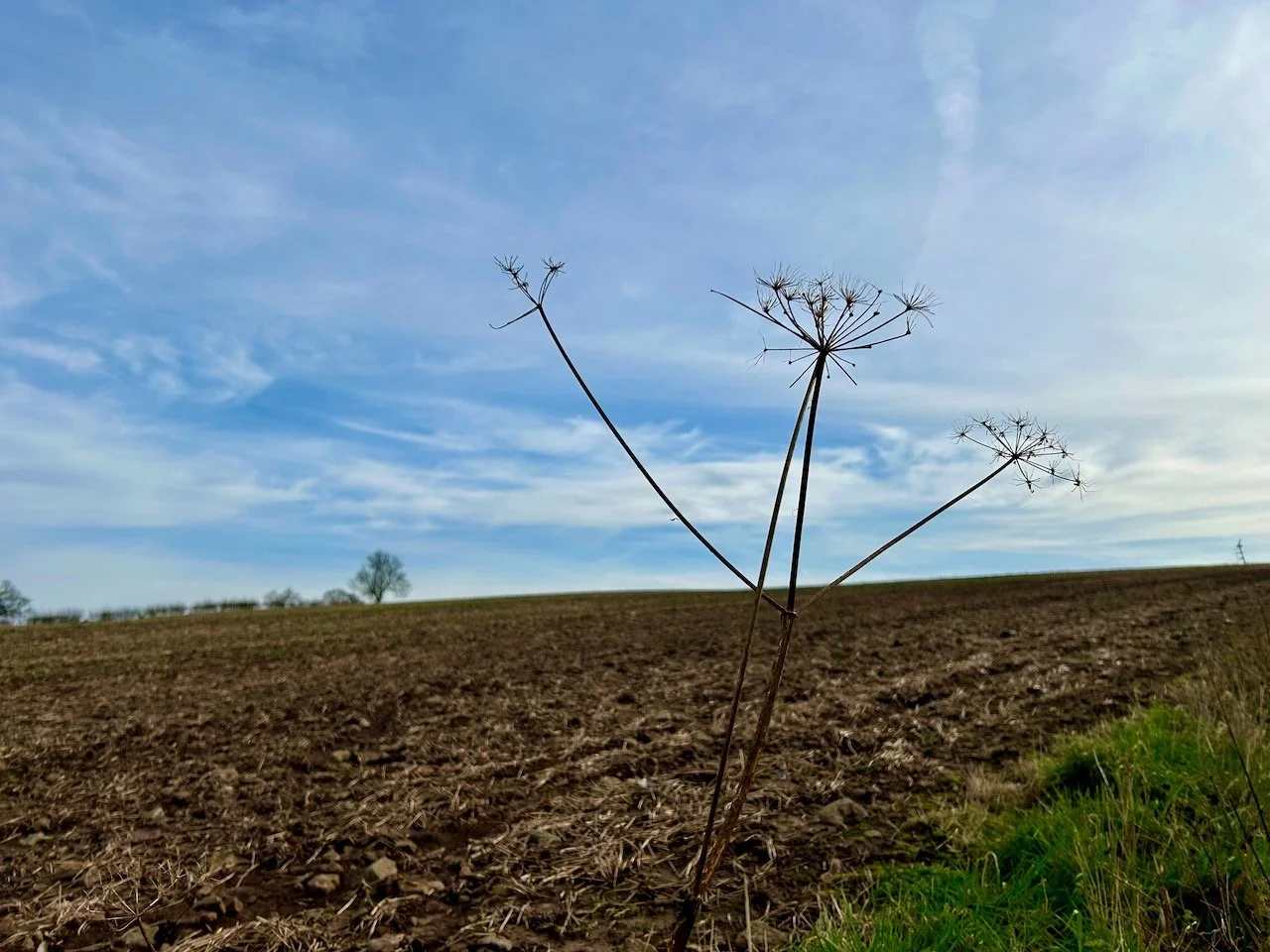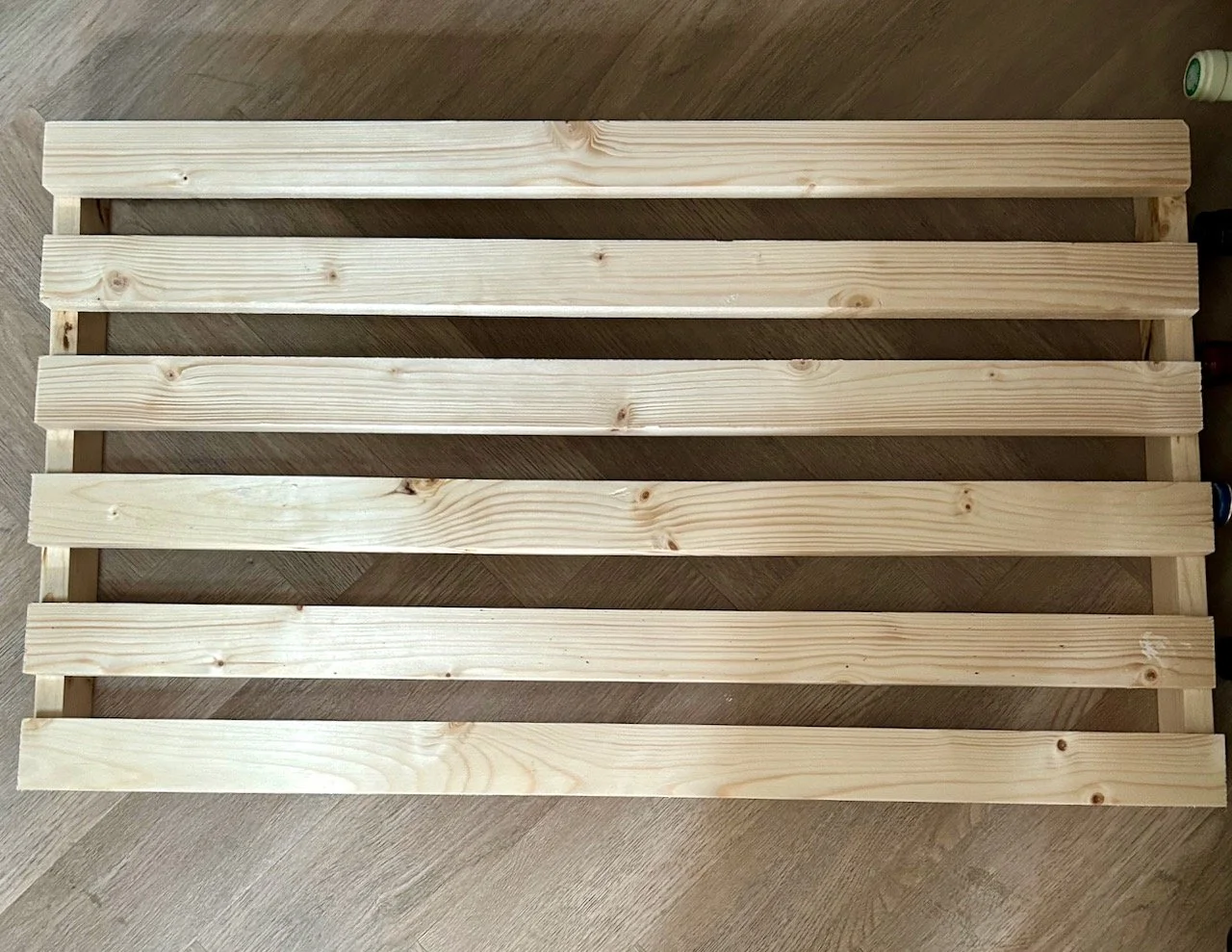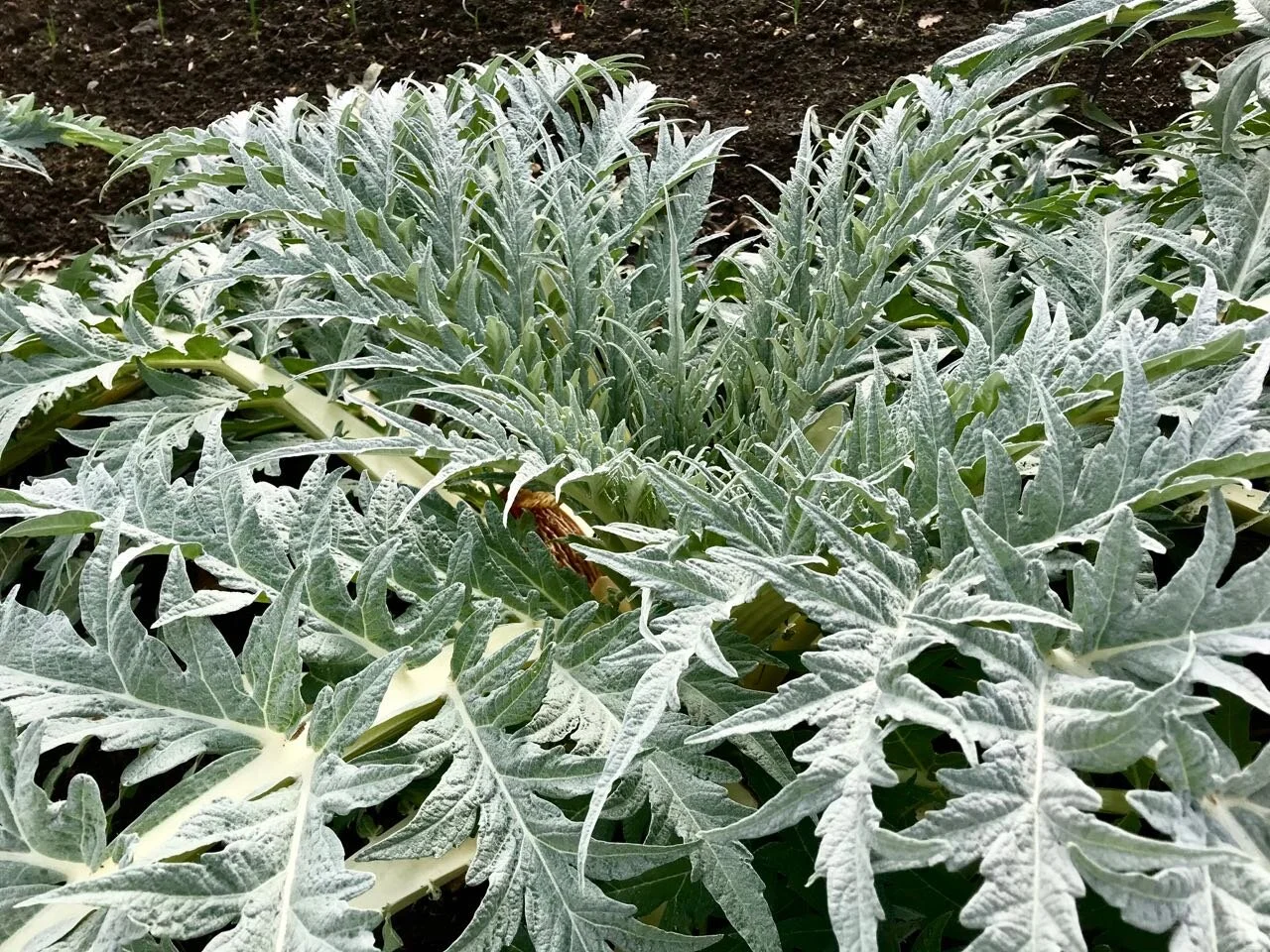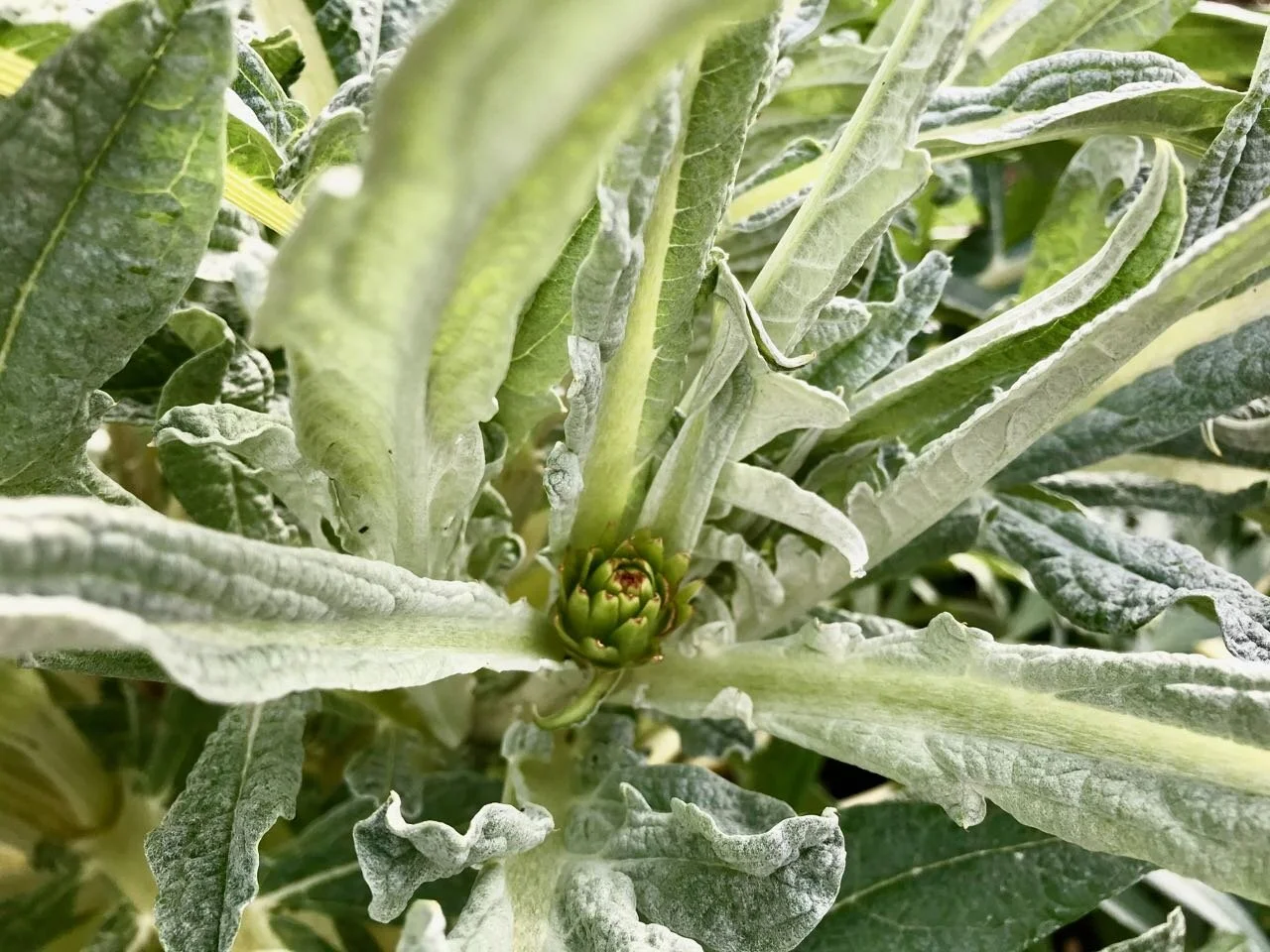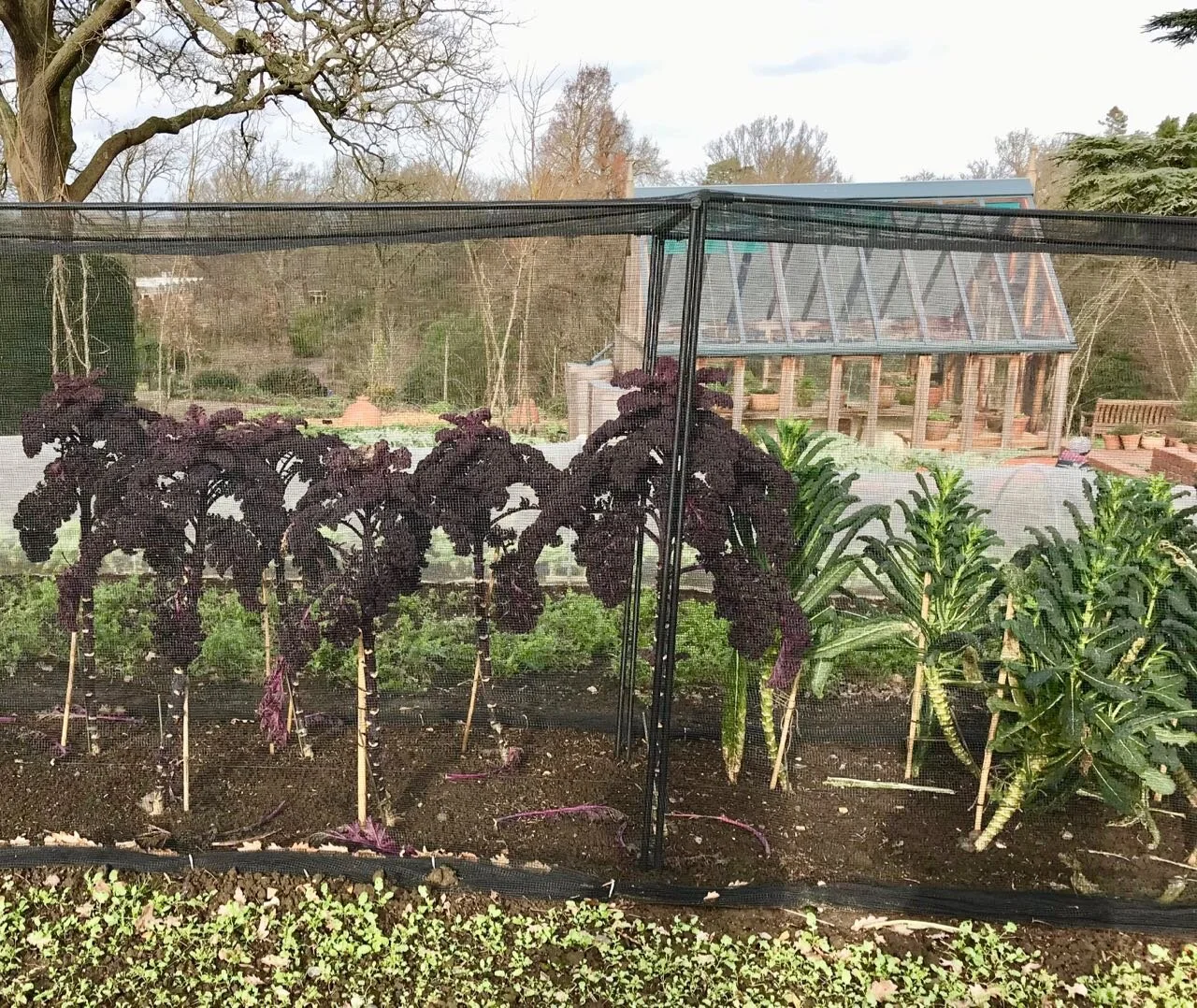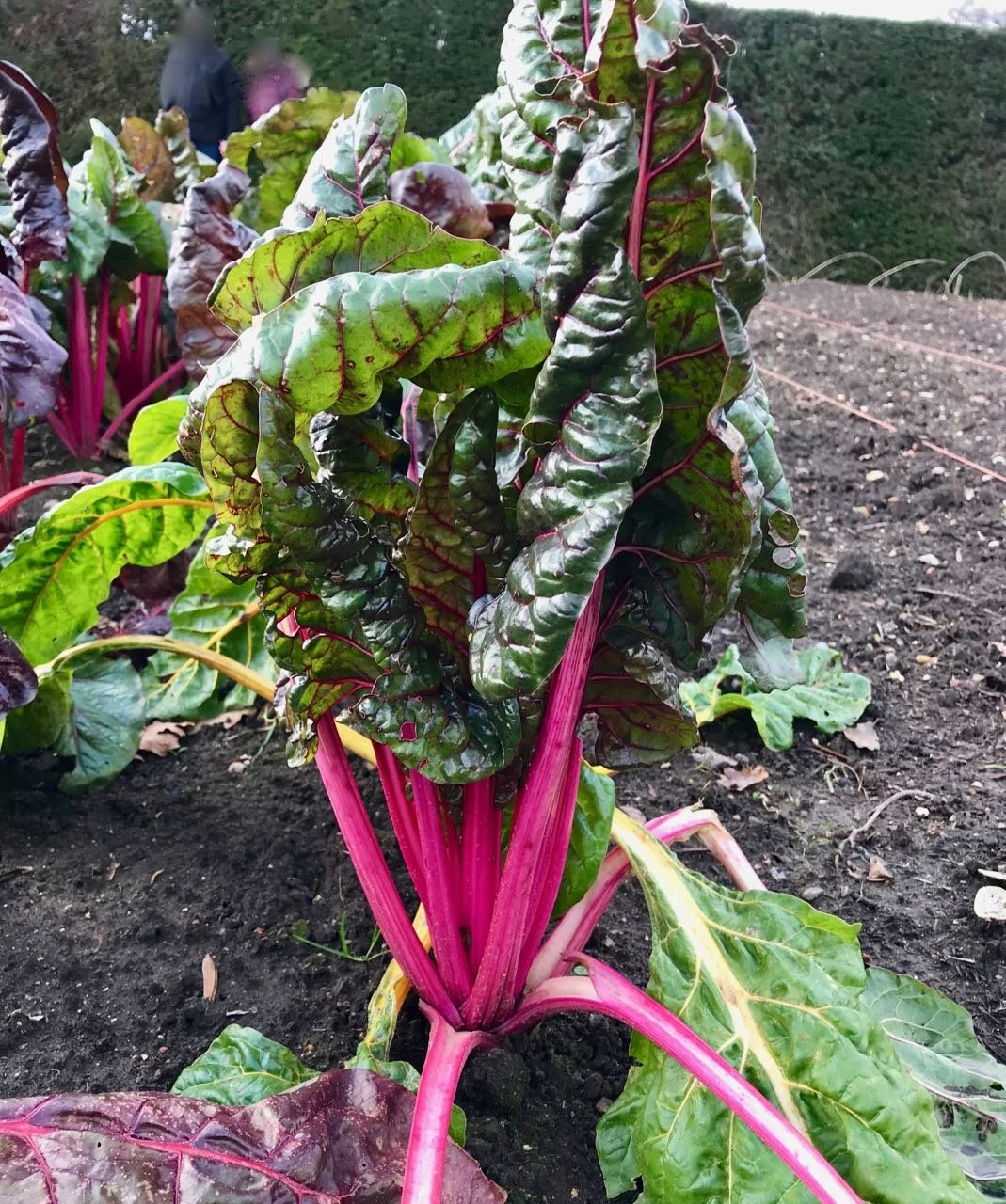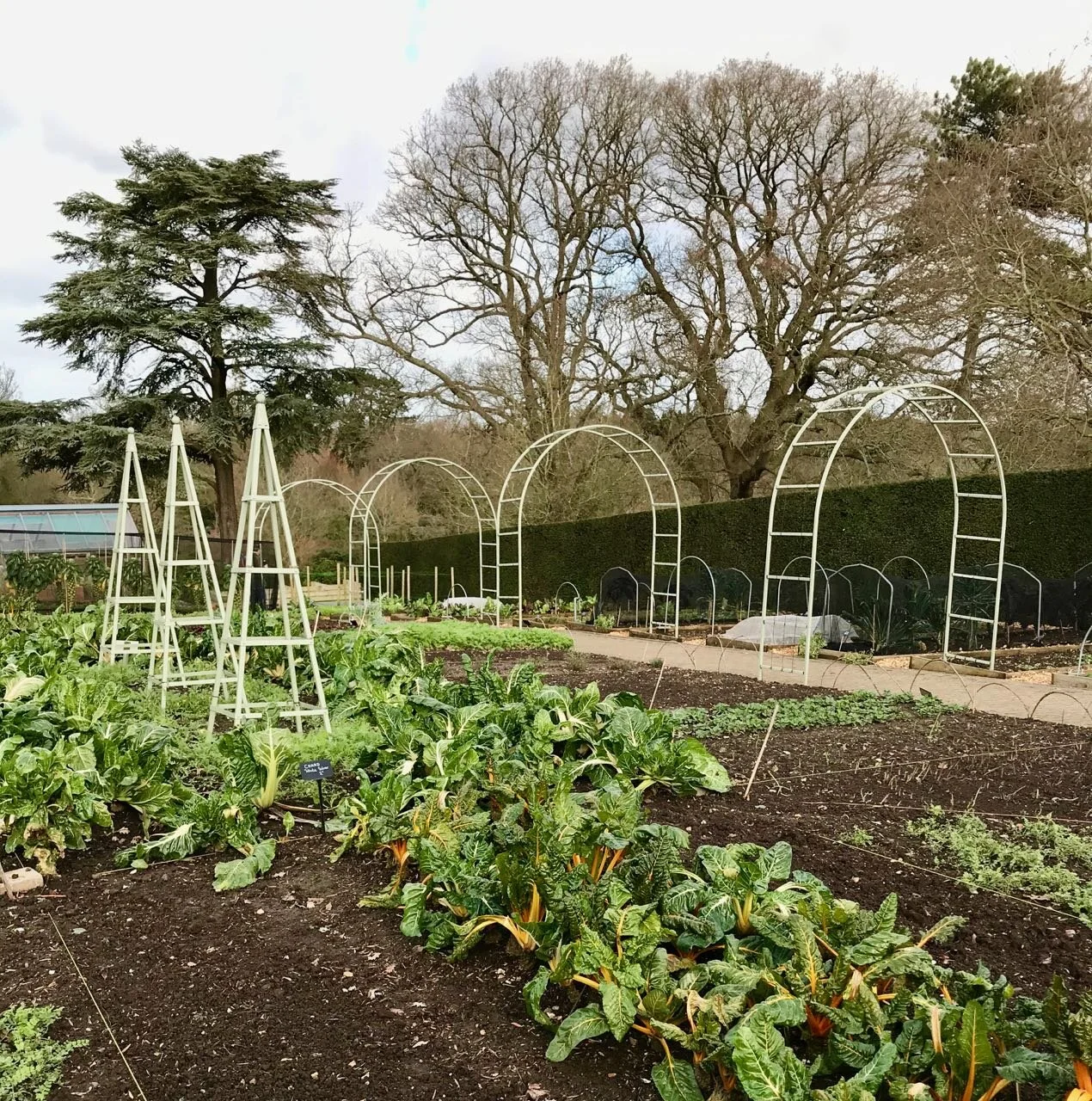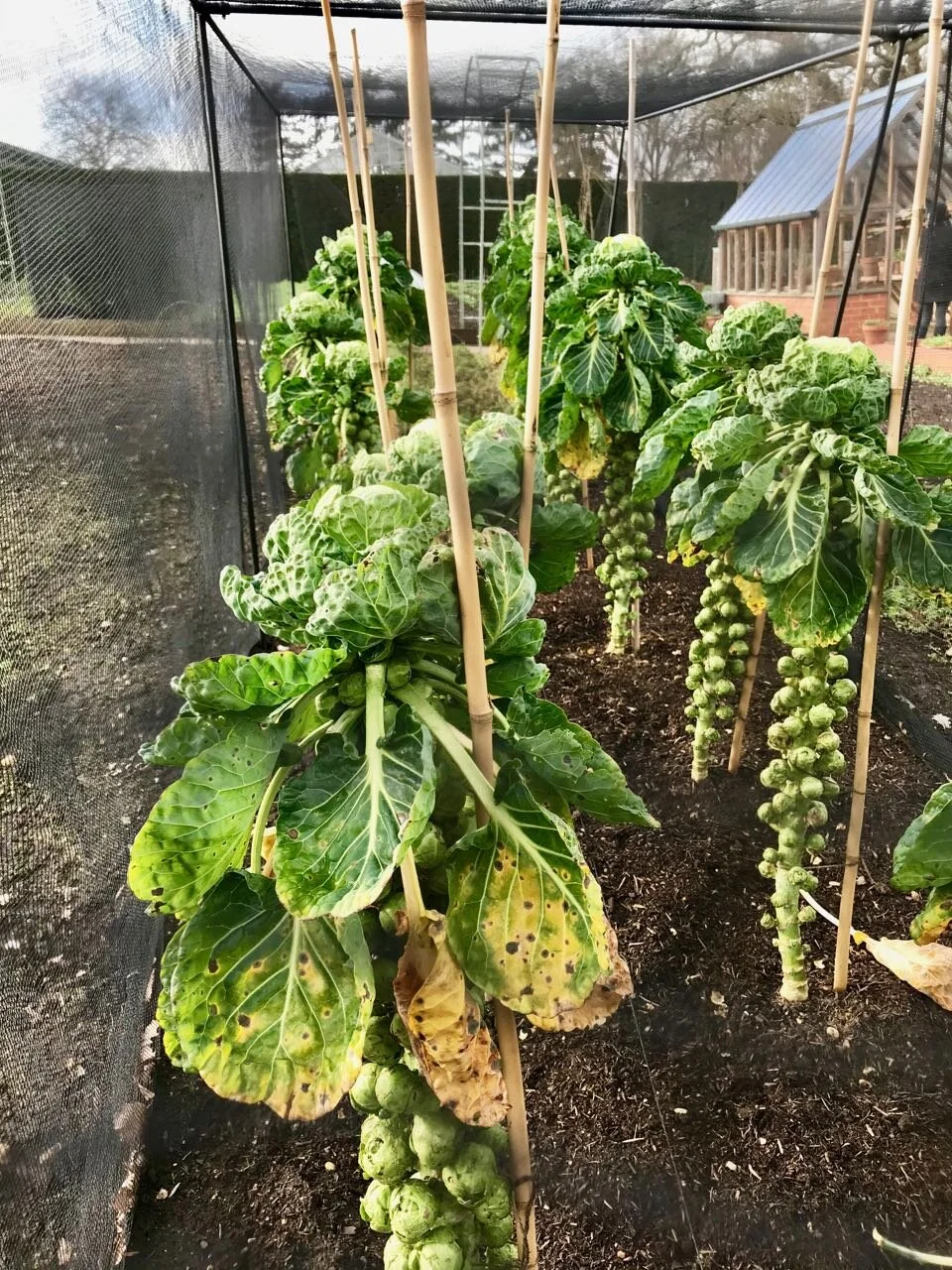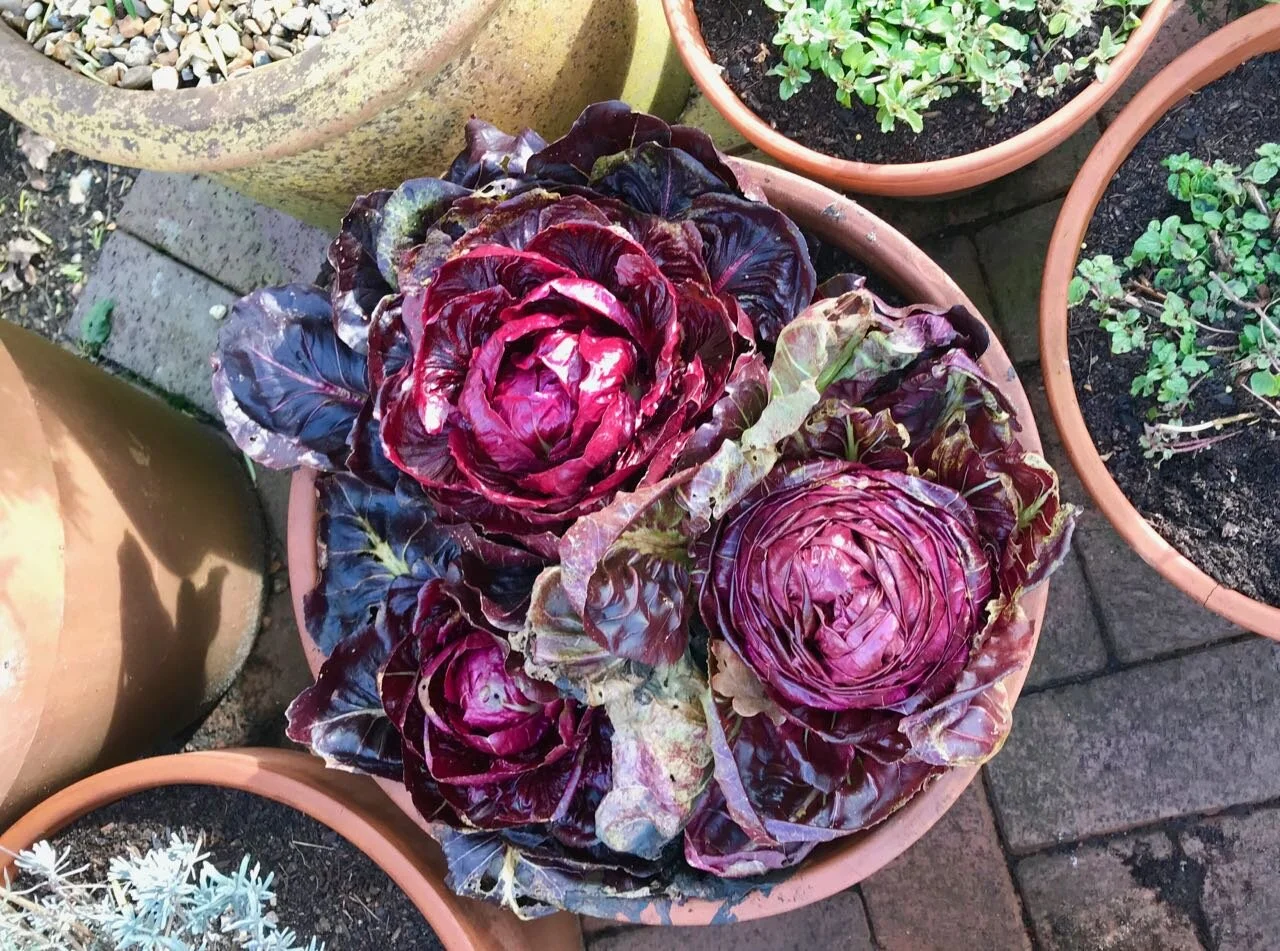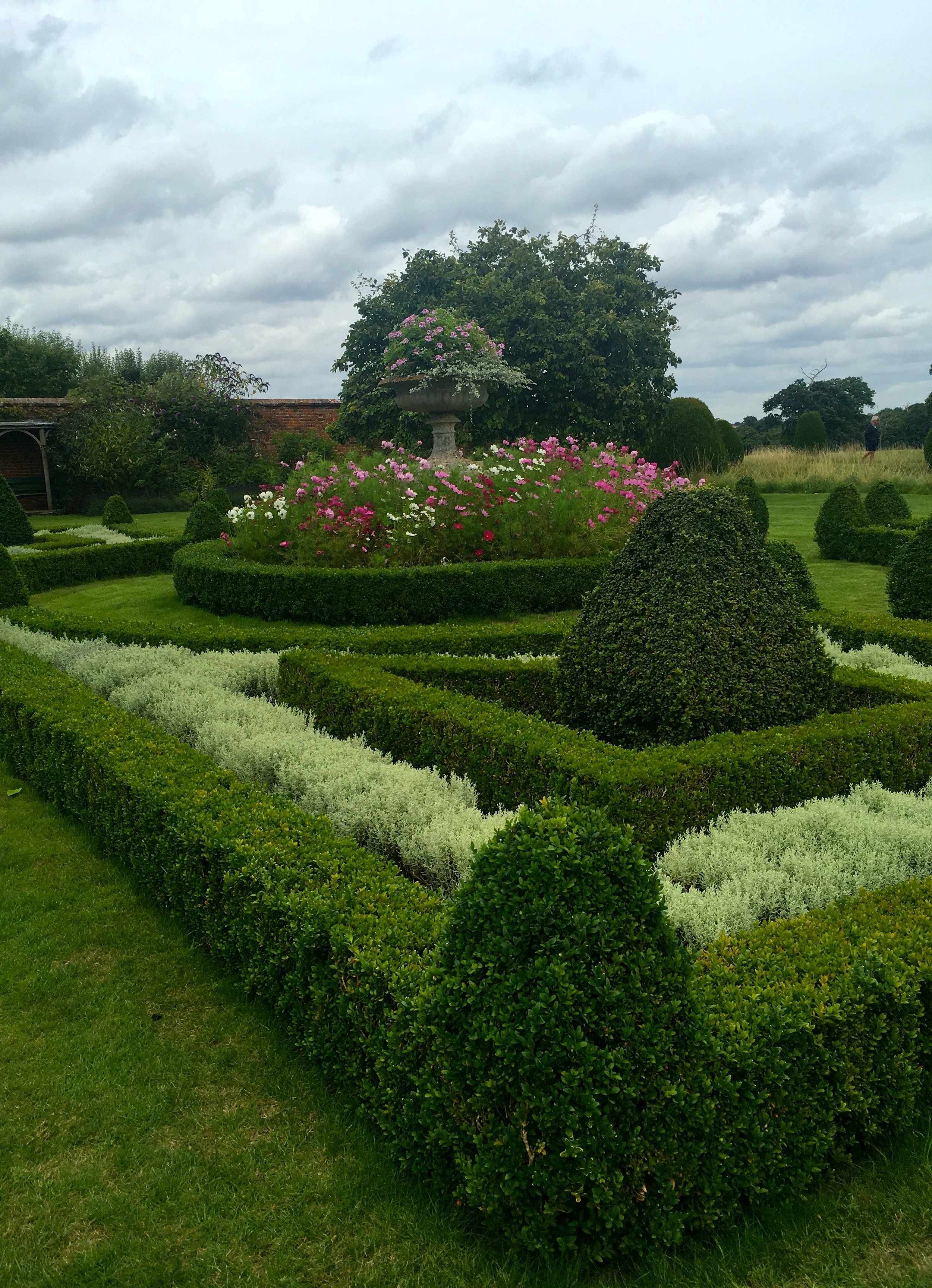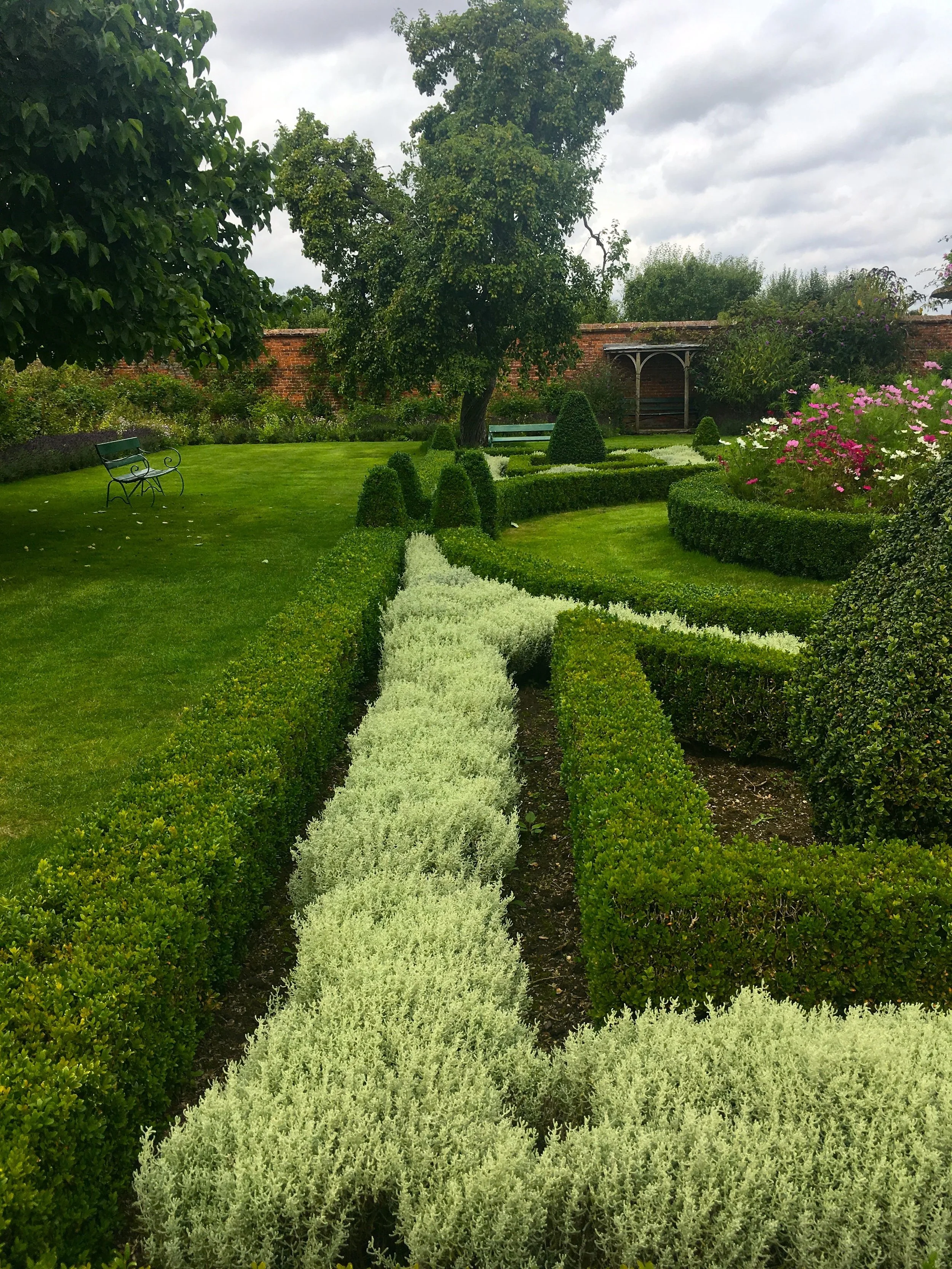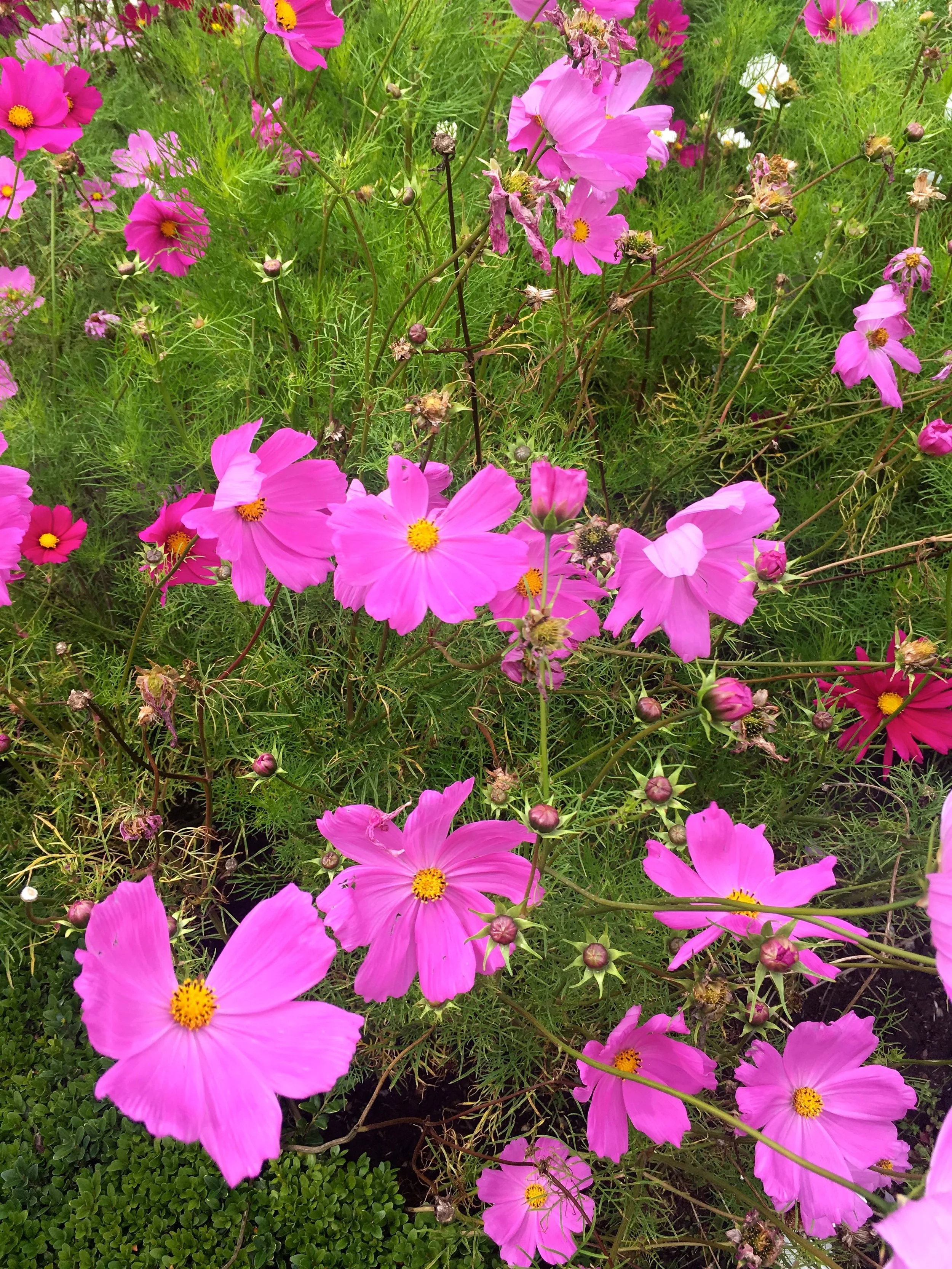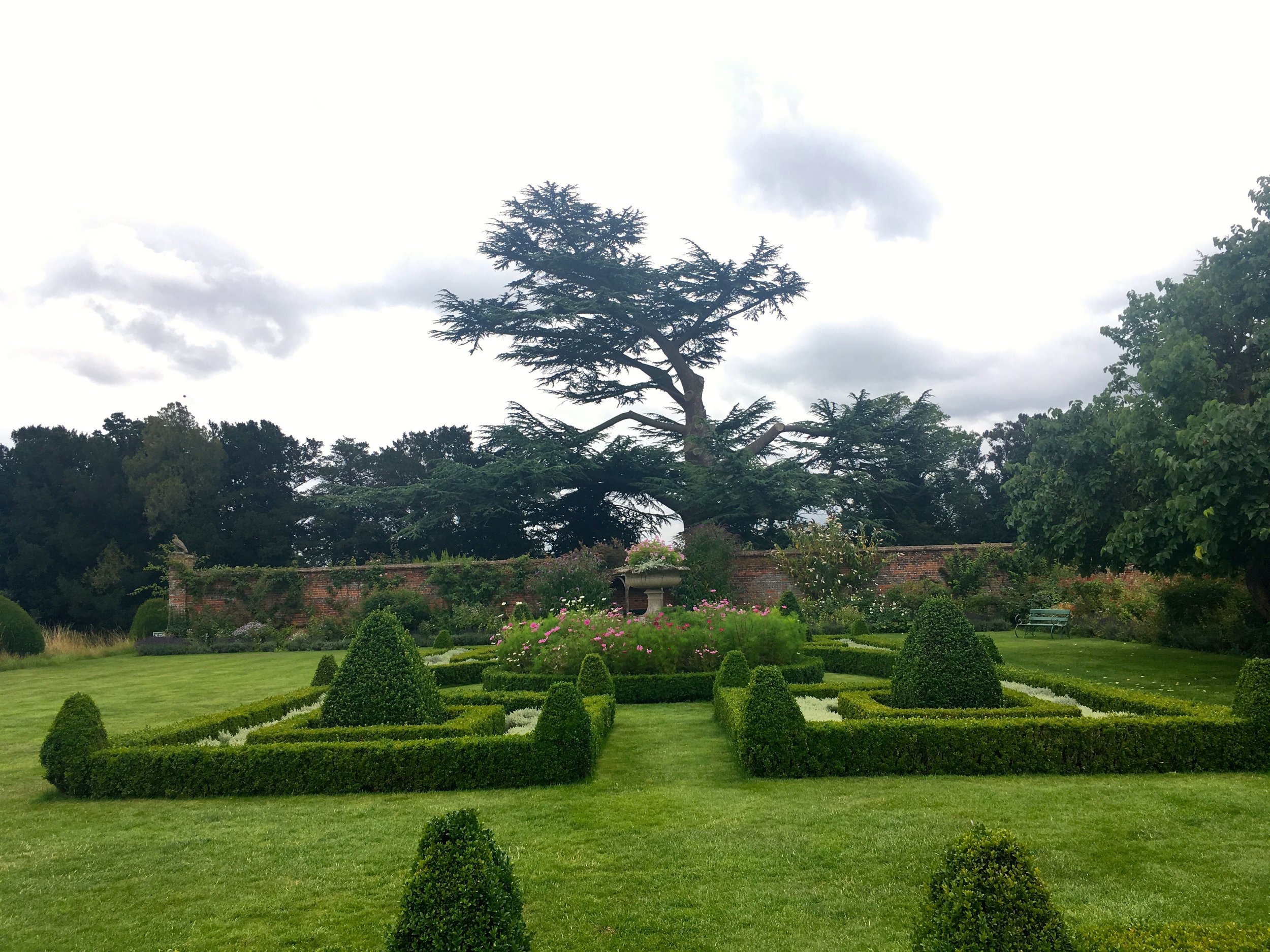Whenever we go to RHS Wisley there’s always a couple of places that are on my “must visit” list. The first of these is the vegetable garden for some inspiration, but also to marvel at how ordered and orderly their vegetables grow. For a long time I’ve hankered over growing brassicas in rows, but of course it never quite works out that way. Usually I beat myself up about it for a bit, then I remember that I’m growing vegetables on a much smaller scale, both in terms of space and time and likely number of seedlings too - though at times I think I can out-rival anyone on that!
So I end up forgiving myself, but the admiration rightly remains. So when we visited the Giant Houseplants Takeover at the start of February, I also engineered our route around the garden to include a stop off here. MOH now feigns mock surprise, which of course is no surprise at all.
The artichoke leaves and plants are always so structural and dramatic, but they take up a lot of room. We always had plans to move the one on our now-given-up allotment plot, but never got to it before it started growing, up and through the crab apple tree. They’d make a great ‘screening’ plant if you had a plot large enough in your garden, as they’d be a great way to transition from your garden to veg plot, working well in both areas of the garden. I must remember this for when/if I get the opportunity for a veg plot in the garden.
Do you see what I mean about the orderliness? But also the size. The colours of the ruby and yellow chard were welcome though. They’re also great plants to grow, though MOH isn’t so keen on eating them which is a bit of a downside. Because really, if you’re not going to eat what you grow there’s really very little point, and if there’s only one of you eating your way through a glut that could be quite dull indeed.
I always like to peer into the greenhouses and netted cages as much as I can. This time I remembered that camera trick, which I learnt on my visit to the Orbit in the Queen Elizabeth Olympic Park - yes the one where I went down the huge, huge slide and actually wondered if I’d survive. The ‘trick’ which makes a lot of sense is to put your phone (all my photos on the blog now days are taken with my phone camera) right up against the netting, and the result is a pretty clear picture, like the sprouts above.
I hadn’t actually got into the netted cage, which with a proper camera might have been my only option, and one that probably would have got me thrown out. Now imagine having to explain that.
This final picture is a great burst of colour, but also a reminder to me to not be bound by ‘norms’ on what can be grown in pots and containers. There were several different shaped pots with radicchio in, which looked great and I’m sure, when they get to the table, will taste great too. The options should be endless, and it’s good to remind myself of these as I’ve those new pots around the greenhouse which i plan on making work hard this year, I’m just not sure with what!



